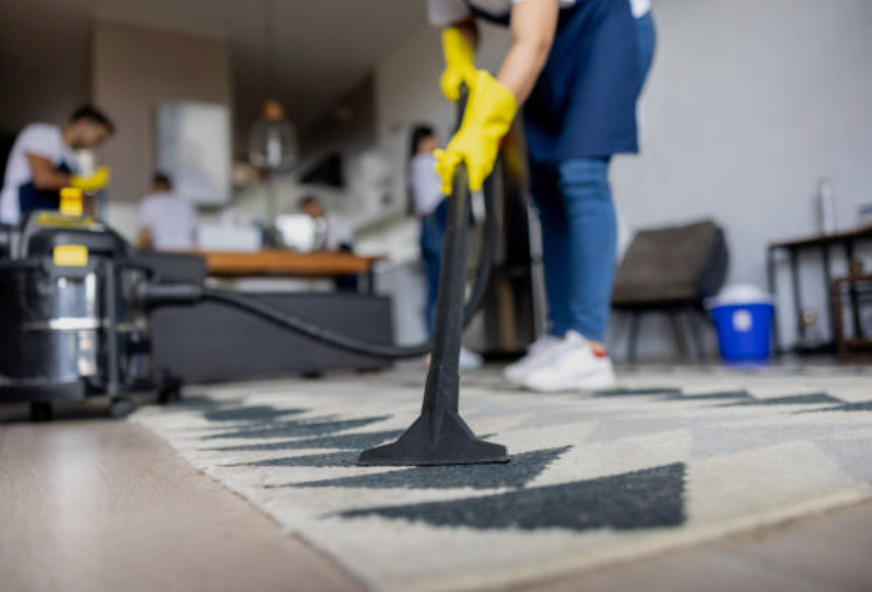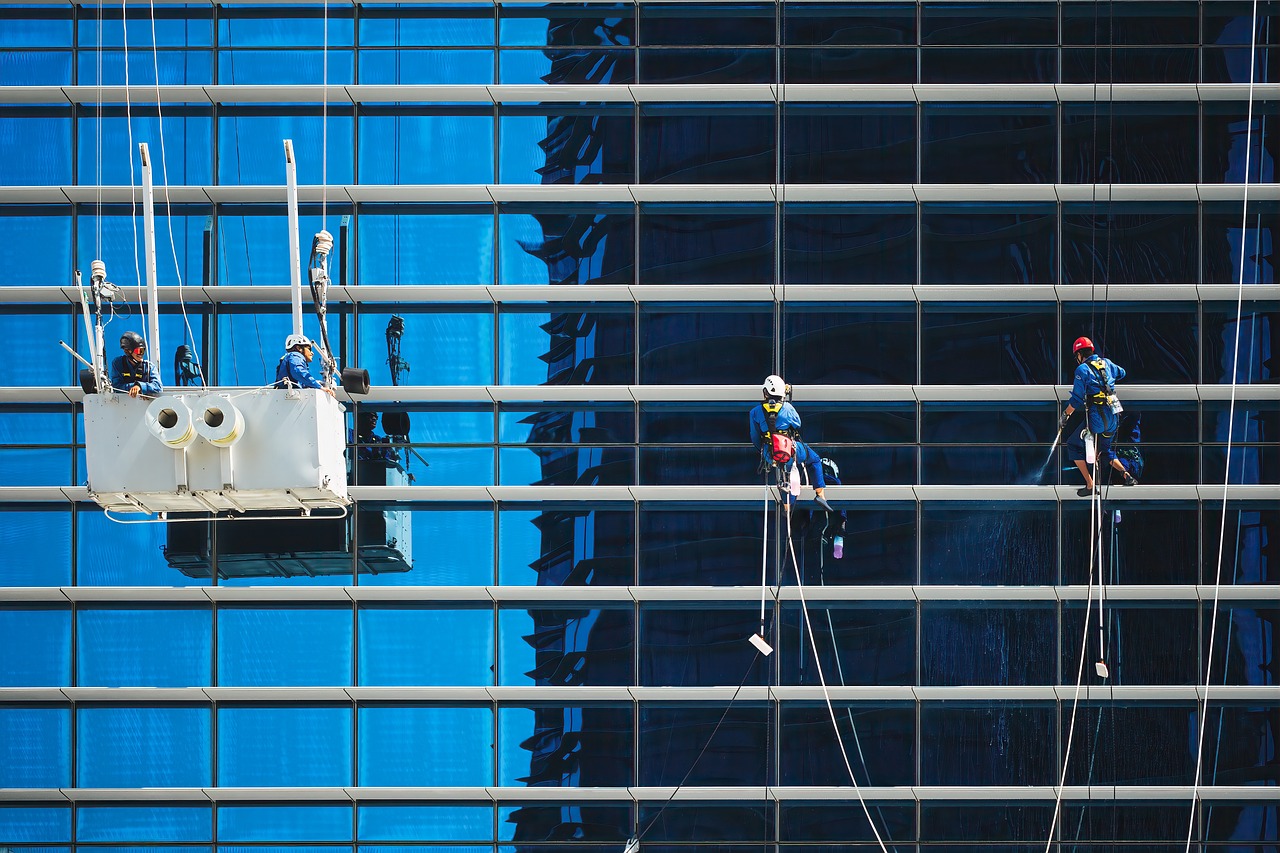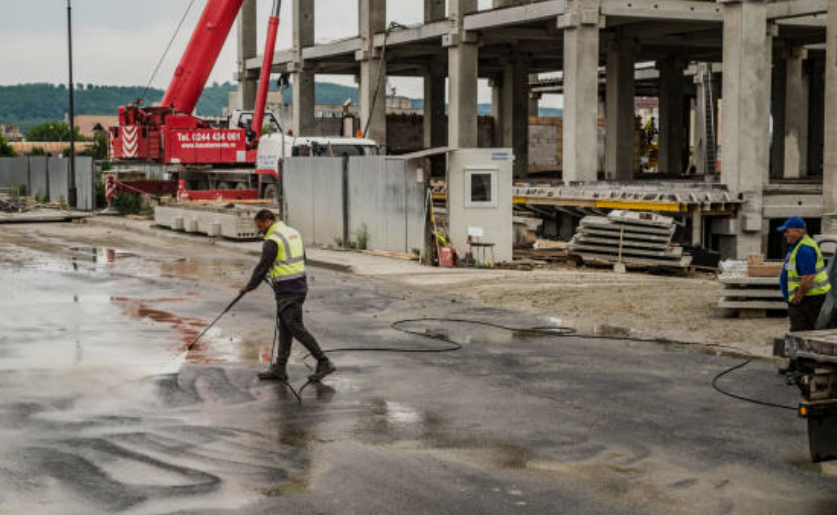In today’s fast-paced world, high-traffic commercial areas such as shopping malls, office buildings, and retail stores are frequented by hundreds, if not thousands, of individuals daily.
Maintaining a clean, safe, and healthy environment in these spaces is not only crucial for public health, but it is also essential for the reputation and success of the businesses that operate within them. This article provides comprehensive cleaning and sanitisation guidelines designed to uphold the highest standards of cleanliness in these bustling areas.
The focus is to educate business owners, facility managers, and cleaning staff on how to efficiently maintain commercial areas, especially in light of the ongoing need for stringent sanitisation.
Regular and Rigorous Cleaning Schedules
Implementing a consistent cleaning schedule is paramount. High-traffic areas demand frequent attention – daily, if not multiple times a day. This entails regular dusting, sweeping, mopping, vacuuming, and garbage disposal. It’s not just about appearance; it’s about public health and safety.
Tip: Consider hiring professional cleaning services for retail stores to ensure that your premises are cleaned and sanitised to the highest standard.
Window and Glass Surface Cleaning
Windows are often the first thing customers see. Ensuring windows are sparkling clean is not just about aesthetics – it can also prevent the spread of germs, as people frequently touch windows and glass surfaces. Regular window cleaning is a must, and be sure to use appropriate glass cleaners and microfibre cloths for the best results.
Focus on High-Touch Points
High-touch surfaces such as door handles, elevator buttons, railings, and countertops should be cleaned and sanitised several times a day. Use a disinfectant that is proven to kill viruses and bacteria effectively. For more extensive areas, electrostatic disinfection is a promising method that ensures thorough coverage.
Use of Appropriate Cleaning Supplies
It is important to use EPA-approved cleaning agents and disinfectants; these chemicals have been proven to be effective against a variety of pathogens, including COVID-19. Always follow the instructions on the product labels regarding concentration, application method, and contact time.
Deep Cleaning After Construction or Renovation
Commercial spaces occasionally undergo renovations or new construction projects. In these situations, a comprehensive builders cleaning is essential. This involves a deep clean to remove construction dust, debris, and potential hazards, and fully preparing the space for its intended use.
Train Your Cleaning Staff
Training is pivotal. Staff should be educated about the proper use of cleaning agents, equipment, and techniques. They should also be trained to use Personal Protective Equipment (PPE) to safeguard their health while they are cleaning.
Promote Personal Hygiene
Consider placing hand sanitiser stations at key points around your premises and encourage visitors and staff to use them. Clear signage reminding people of the importance of hand hygiene can be an effective means of promoting public health.
Regular Inspections and Audits
Routine inspections ensure that cleaning protocols are consistently met – employ a detailed checklist for cleaners and conduct surprise audits. Take corrective actions where necessary.
Responsiveness to Emerging Situations
In case of an outbreak or another emergency, it’s vital to have a plan in place. This could involve more frequent cleaning, temporary closures, and public communication strategies.
Final Thoughts
Maintaining a clean and sanitary environment in high-traffic commercial areas is not just a matter of compliance; it is an integral part of responsible business operations. By adhering to these guidelines and considering the professional support of cleaning services for retail stores, businesses can contribute significantly to the health and safety of the community at large.
Remember, a cleaner space is not just a more pleasant environment for customers and employees; it’s a safer, healthier space for everyone.



